Hanover’s historical origins are to be found at the ford across the River Leine and the river island just by the Beginenturm. One thousand years later, buildings at the point known as Am Hohen Ufer [literally: High Bank] are closely intertwined with the (pre)history of the November pogrom: it is here that in 1938 almost 500 Jewish men and women of Polish origin are detained before being deported; it is from this point too that squads of SS [the abbreviation for “Schutzstaffel”, “Protection Squadron”] set off to “safeguard” the already blazing New Synagogue… from any attempts to extinguish the flames.
![Hanover: With swastika flag – concert hall at Hohe Ufer in the former riding arena; on the right, adjacent, New Stables [Neuer Marstall], undated. Historical Museum of Hanover Hanover: With swastika flag – concert hall at Hohe Ufer in the former riding arena; on the right, adjacent, New Stables [Neuer Marstall], undated. Historical Museum of Hanover](https://zukunft-heisst-erinnern.de/wp-content/uploads/2020/02/J_Hohes_Ufer_3.jpg)
Coaches and horses
After being elevated to the royal seat of the House of Guelph (or Welf) in the middle of the Thirty Years’ War (1636), Hanover undergoes a transformation. The creation of the Neustadt [New Town] meant the mediaeval fortifications of the Altstadt [Old Town] along Am Hohen Ufer were no longer needed. To the north of the new Guelph palace (nowadays the seat of Lower Saxony’s State Parliament), state buildings are constructed for the military and the royal household: there’s the armoury (1649) for storing and maintaining weapons of war; then along the river and turning towards the historic Steintor [stone gate] the Alter Marstall [old stables] (1687), Neuer Marstall [new stables] (1712), Reithaus [riding stables] (1714), as well as numerous horse mews and riding arenas. The most recent addition to the new Goethestrasse is a coach house (1861) for the royal fleet of coaches. It was built shortly before the era of Guelph rule came to an end and had capacity for around 160 horse-drawn carriages!
New functions
After Hanover’s status is relegated to that of a Prussian provincial city these buildings are over time repurposed. The armoury becomes the municipal Lending Office, businesses move into the coach house on Goethestrasse and into the northern end of the Alter Marstall, but most importantly the gigantic halls with their soaring roofs are perfect for hosting events and gatherings: a roof is built over the courtyard between the coach house and the indoor riding arena to create the “Palmengarten” concert venue. The riding arena itself is divided into a theatre auditorium (“Deutsches Theater” [German Theatre], closed in 1933), with its entrance onto Scholvinstrasse, and the “Konzerthaus” [Concert Hall] with a capacity of up to 2000 people, which faces onto Am Hohen Ufer. The “Verein für Arbeiterbildung” [Workers’ Education Association] buys the southern section of the Alter Marstall and lavishly converts it into the “Neuer Hannoverscher Festsaal” [New Hanoverian Festival Hall].
A workers’ association is transformed
The “Arbeiterverein zu Hannover” [Hanover Workers’ Association] was founded by book printers in 1845, during the period prior to the revolution in March 1848, for educational purposes. In the Imperial Era of the Kaiser [Second Reich from 1871 to 1918] it had already developed into a very reactionary organisation. As such, it joins the German nationalist “Deutscher Kolonialverein” [German Colonial Association] and the “Deutscher Flottenverein” [German Navy League]. Financially, its fortunes are on the upswing allowing it to offer a range of courses and educational programmes. In 1873, it is able to purchase an entire block of buildings on Burgstrasse (“Burghaus”), followed in 1891 by the addition of the Festsaal [Festival Hall] on Am Hohen Ufer. During the Weimar Republic, the name of the association is changed to “Verein für Fortbildung” [Further Education Association] to make it more neutral and so avoid any confusion with any social democratic or indeed communist aspirations.
However, the Festsaal is hired out for meetings without any political prejudices: in the final year of the Republic, the Gauführer [District leader] of the NSDAP [Nationalsozialistische Deutsche Arbeiterpartei, i.e. the National Socialist German Workers’ Party or Nazi Party] Bernhard Rust holds speeches here, as does Otto Brenner, leader of the left-wing Socialist Workers’ Party of Germany [Sozialistische Arbeiterpartei Deutschlands abbreviated to SAP]. In 1933, the Association enthusiastically greets the transfer of power – and humbly asks the Gauführer for the honour of using his name. Thus, the “Burghaus” is renamed “Rusthaus”. Nowadays, the new Volkshochschule [adult education centre] building stands on this site.
Prelude to the Night of Pogroms
Before the First World War, many Jews living in Russian Poland emigrate to the German Reich in the aftermath of pogroms. They consider life in Germany to be comparatively liberal and legally safe. After the re-founding of a Polish state in 1918, they are issued with Polish passports, but most of them continue to live in Germany. However, a decree passed by the Polish Government threatens to deprive them of their citizenship as of 1 November 1938 if they reside abroad permanently. The Nazi Regime uses their imminent statelessness as a pretext for the mass deportation of 17,000 people on 28 October 1938.
On the day before, 484 Polish Jews are rounded up in Hanover by police and taken from their homes, their places of work and from schools and brought to the Festsaal of the former Workers’ Education Association. They are forced to wait there with their few meagre belongings until they are deported by train to Poland. Among those arrested are the parents and two siblings of the Hanoverian Jew Herschel Grynszpan. At the end of October 1938, the 17-year-old Herschel is staying in Paris but illegally. When he learns of his family’s fate through letters from his sister, he buys a pistol and fires several shots at an embassy employee in the German embassy. The employee succumbs to his bullet wounds on the afternoon of 9 November 1938.
From a swearing-in ceremony to a synagogue in flames
News of the death of the secretary reaches the Nazi leaders who are gathered in Munich, where they are commemorating – as they do every year – the “blood victims” of the failed march on the Feldherrnhalle [Field Marshals’ Hall, site of the thwarted coup d’état led by Hitler] in November 1923. This single event by Grünspan now serves as the excuse for the ensuing pogrom. Orders are sent by telephone from Munich to party offices throughout Germany. In Hanover, the destruction of the New Synagogue, demolition of shops and private homes and the arresting of Jewish citizens is organised by the SS. On the night of the 9th to the 10th November SS cadets are being ceremonially being sworn in at the concert hall on Am Hohen Ufer: When the event is over, at 1.30 in the morning, they make their way over the River Leine to the synagogue, which is already on fire, and cordon it off to “safeguard” it against onlookers and any possible attempts to put out the flames.
Restoration and redevelopment
The bombing raids hit the half-timbered districts of the Kreuzkirchenviertel, the Calenberger Neustadt and the densely populated Leineinsel area in between with full force. Of the once approximately 1600 half-timbered houses in Hanover, only 32 are left. All that remains of the former armoury and of the “New Hanoverian Festival Hall” are the empty façades. The walls of the armoury now house the largest exhibition space in the History Museum. The first new school to be built in the post-war era in the city centre is located on the site of the demolished “Rusthaus” with its Festsaal – between 2013 and 2015 the school was converted into the modern main campus of the Ada-und-Theodor-Lessing Adult Education Centre [Volkshochschule]. From its stairway, visitors can look out into the rear courtyard of Burgstrasse 12 and see the oldest surviving Altstadt house from the 16th century.
Additional online information
Wikipedia entry: Stables at Am Hohen Ufer [in German]
LEMO The November Pogrom 1938 [in German]
Fritz Bauer Institut, Educational materials: Dagi Knellessen, The November Pogroms 1938 [in German, PDF] (click here to download)
Further reading: Click here
Texts and images: Michael Pechel

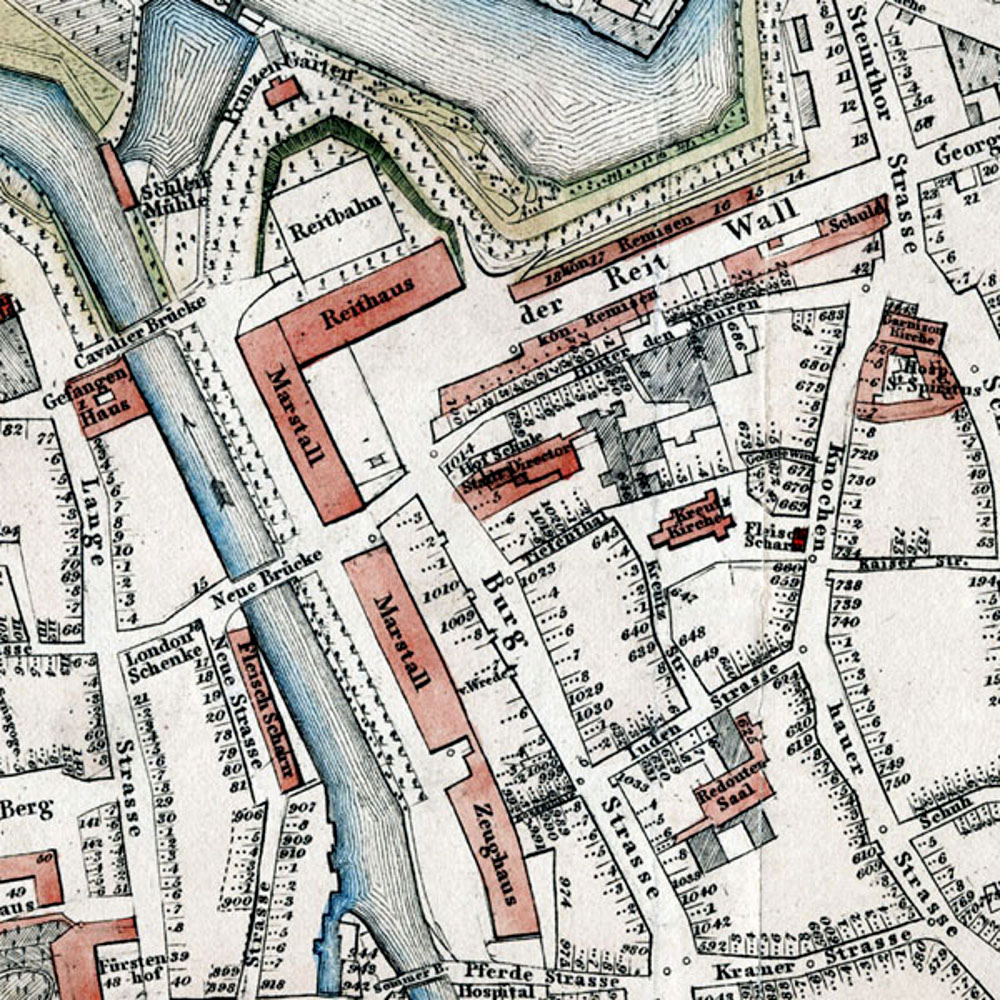
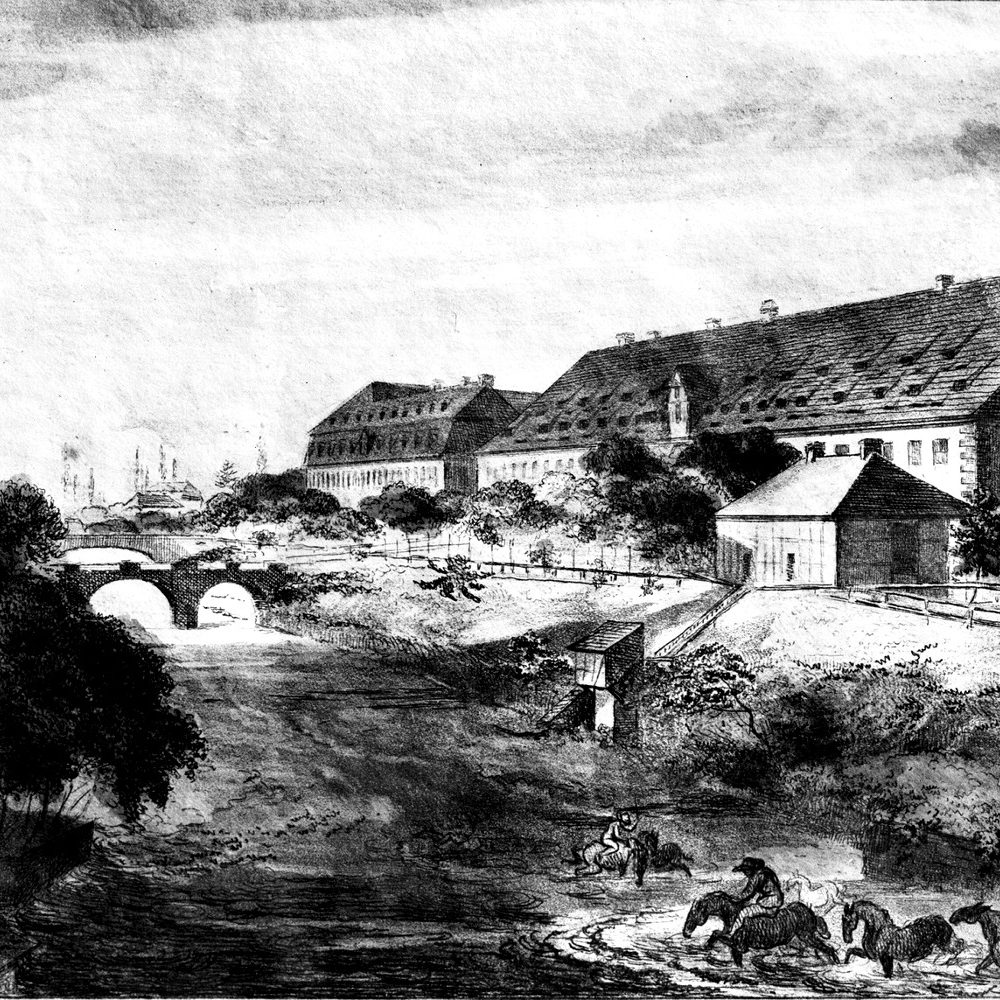
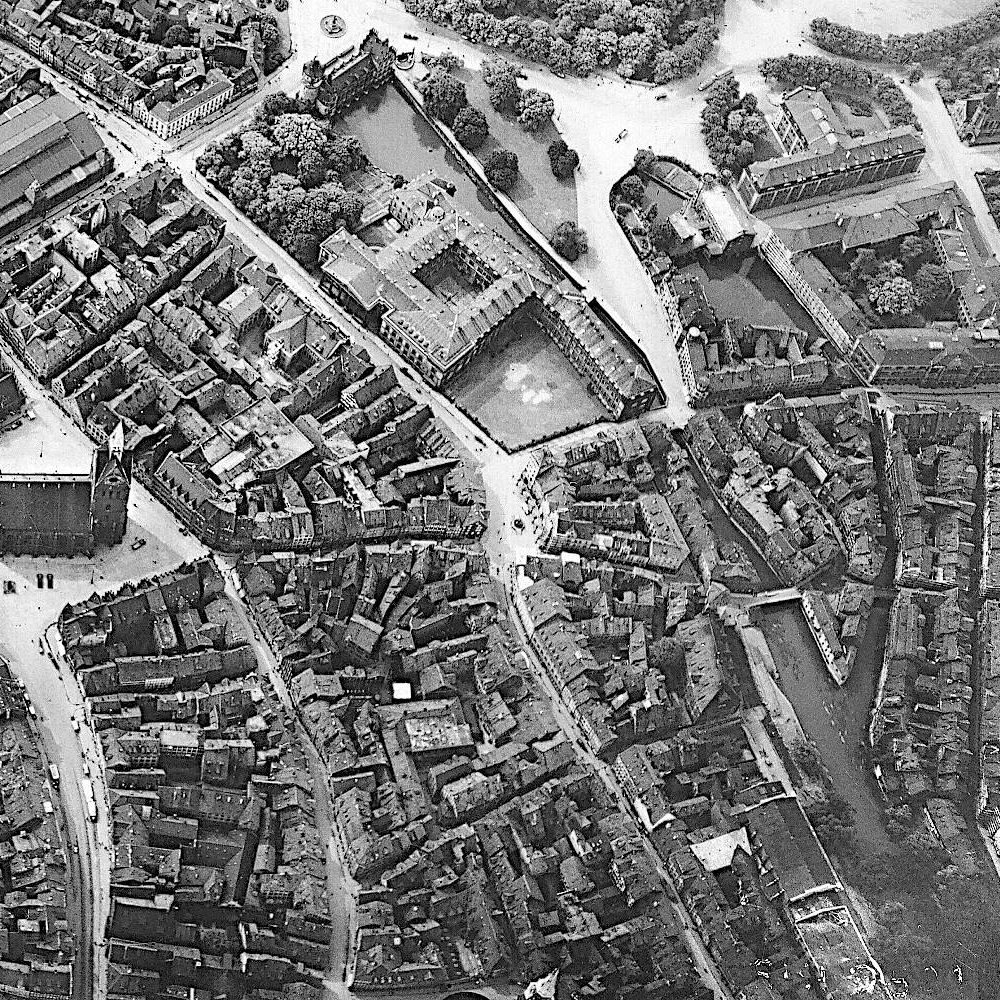
![Hanover: The street Am Hohen Ufer, parts of the Old Stables with the “New Hanoverian Festival Hall”, behind it the Armoury with the Beguine Tower [Beginenturm], 1903. Historical Museum of Hanover](https://zukunft-heisst-erinnern.de/wp-content/uploads/2020/02/J_Hohes_Ufer_5-1000x1000.jpg)
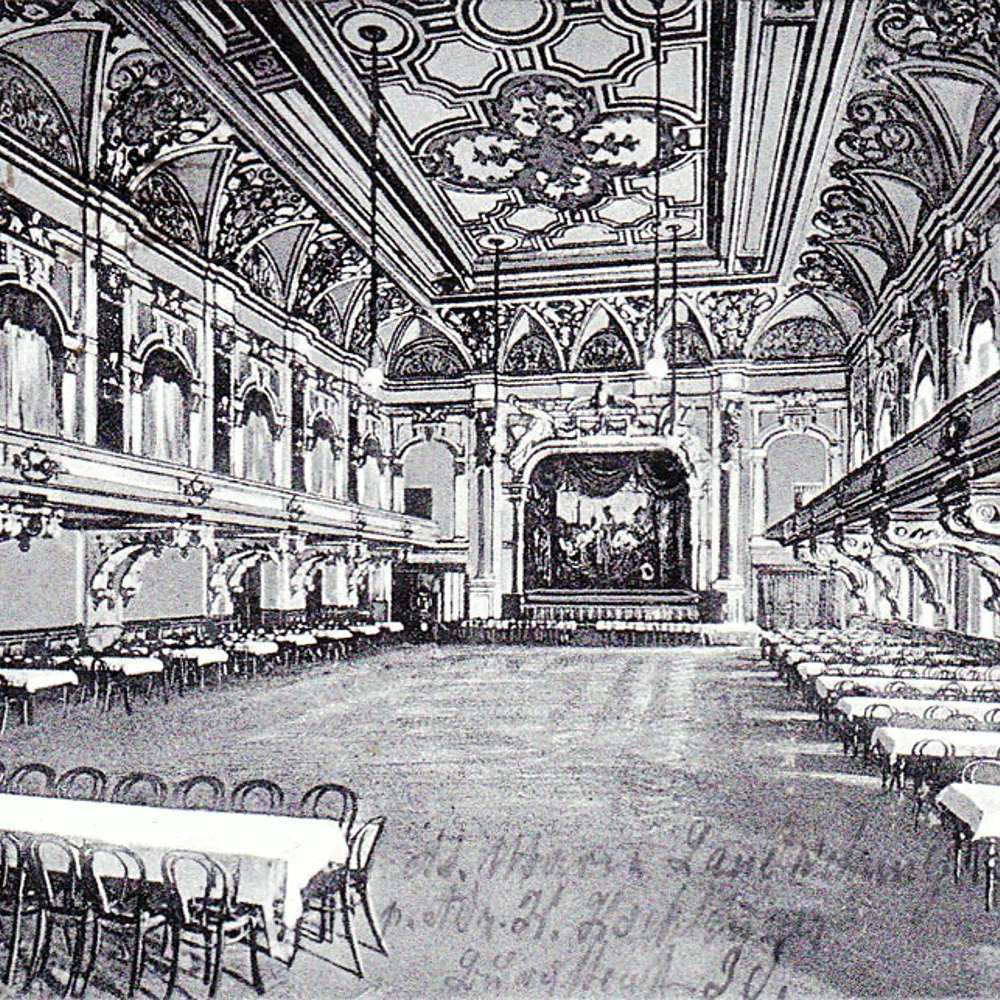
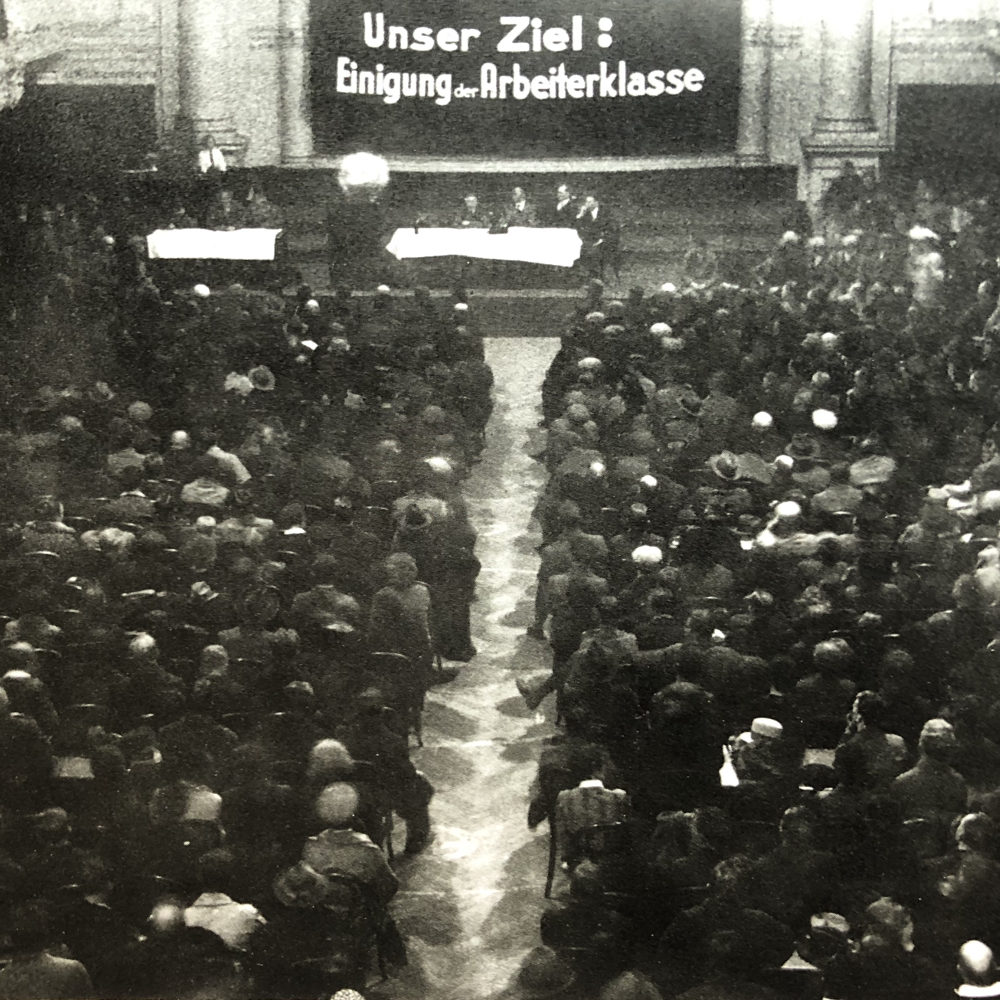
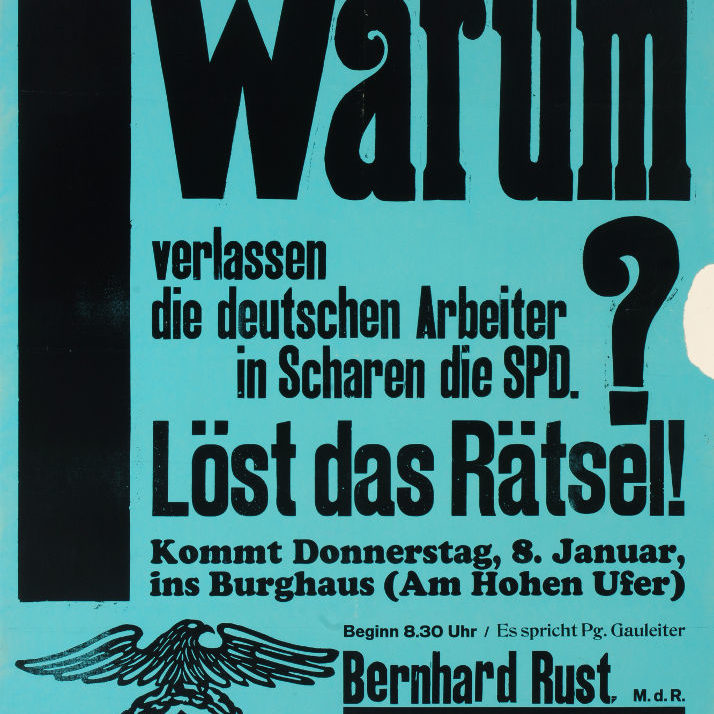
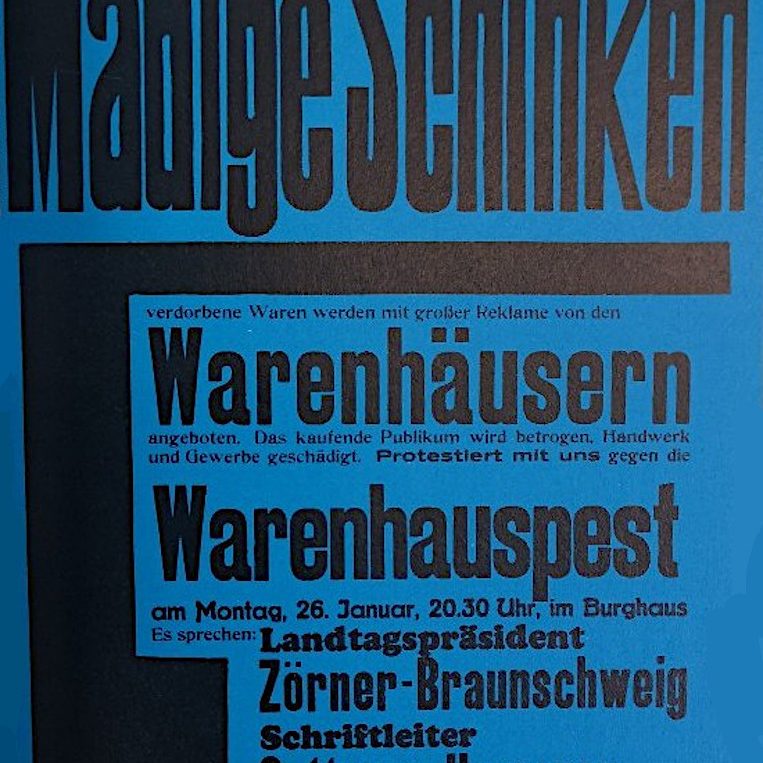
![Hanover: With swastika flag – concert hall at Hohe Ufer in the former riding arena; on the right, adjacent, New Stables [Neuer Marstall], undated. Historical Museum of Hanover](https://zukunft-heisst-erinnern.de/wp-content/uploads/2020/02/J_Hohes_Ufer_3-1000x1000.jpg)
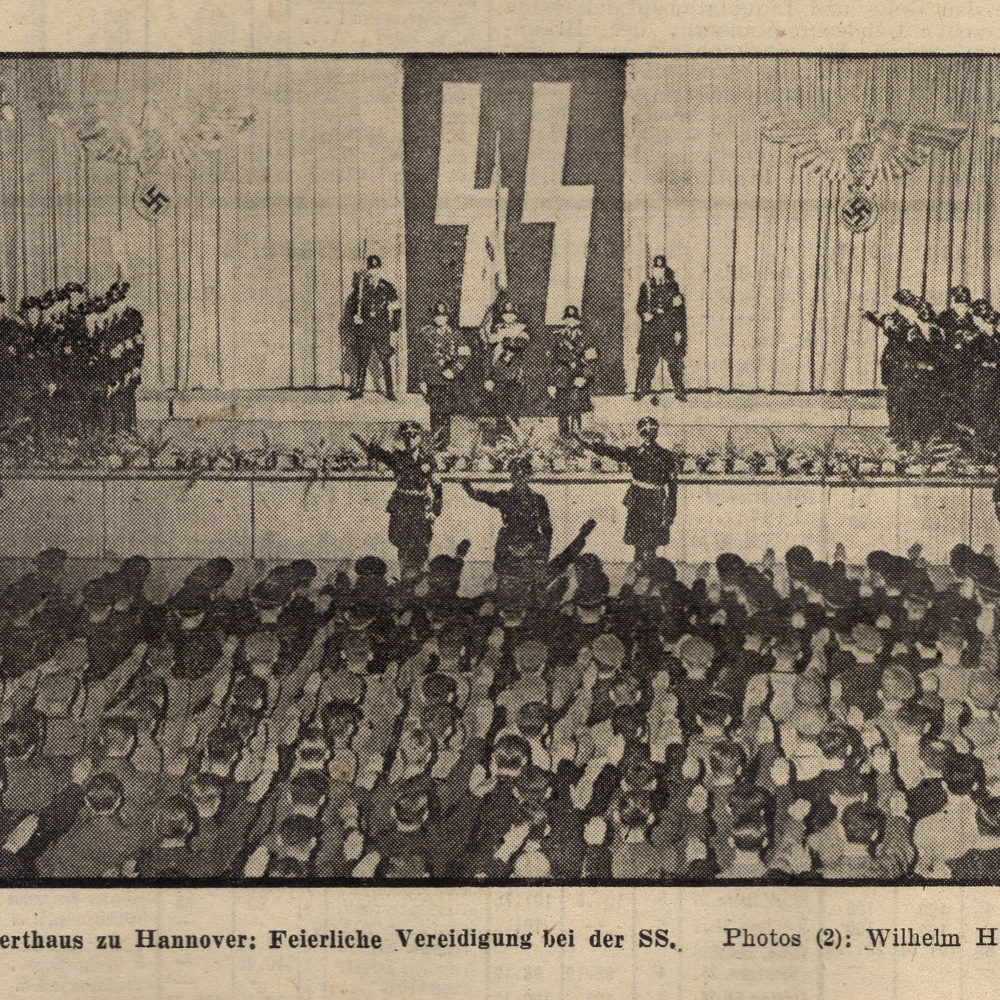
![Picture postcard: The “Burghaus”, later known as the “Rusthaus”, belonging to the Verein für Fortbildung [Further Education Association] with its hall facing Am Hohen Ufer, undated (before 1933). In private ownership](https://zukunft-heisst-erinnern.de/wp-content/uploads/2021/05/burghaus_hannover.-1000x1000.jpg)
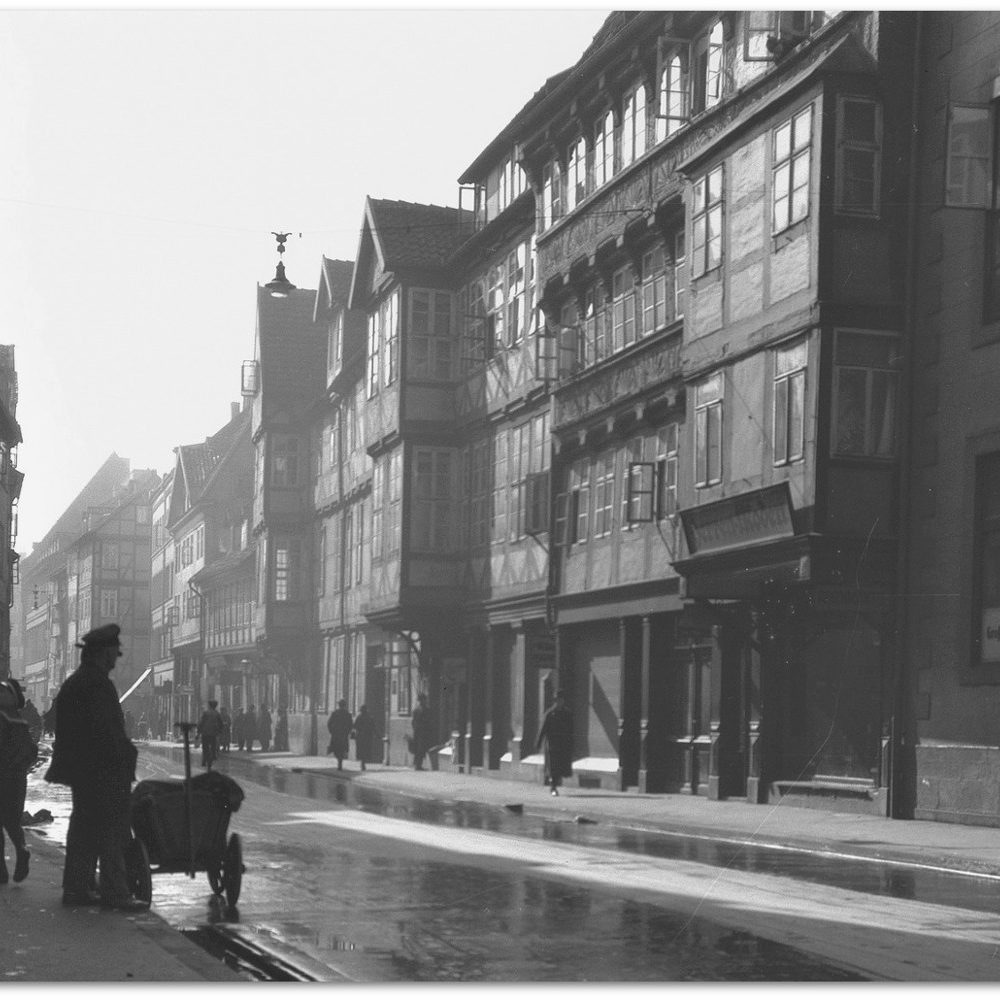
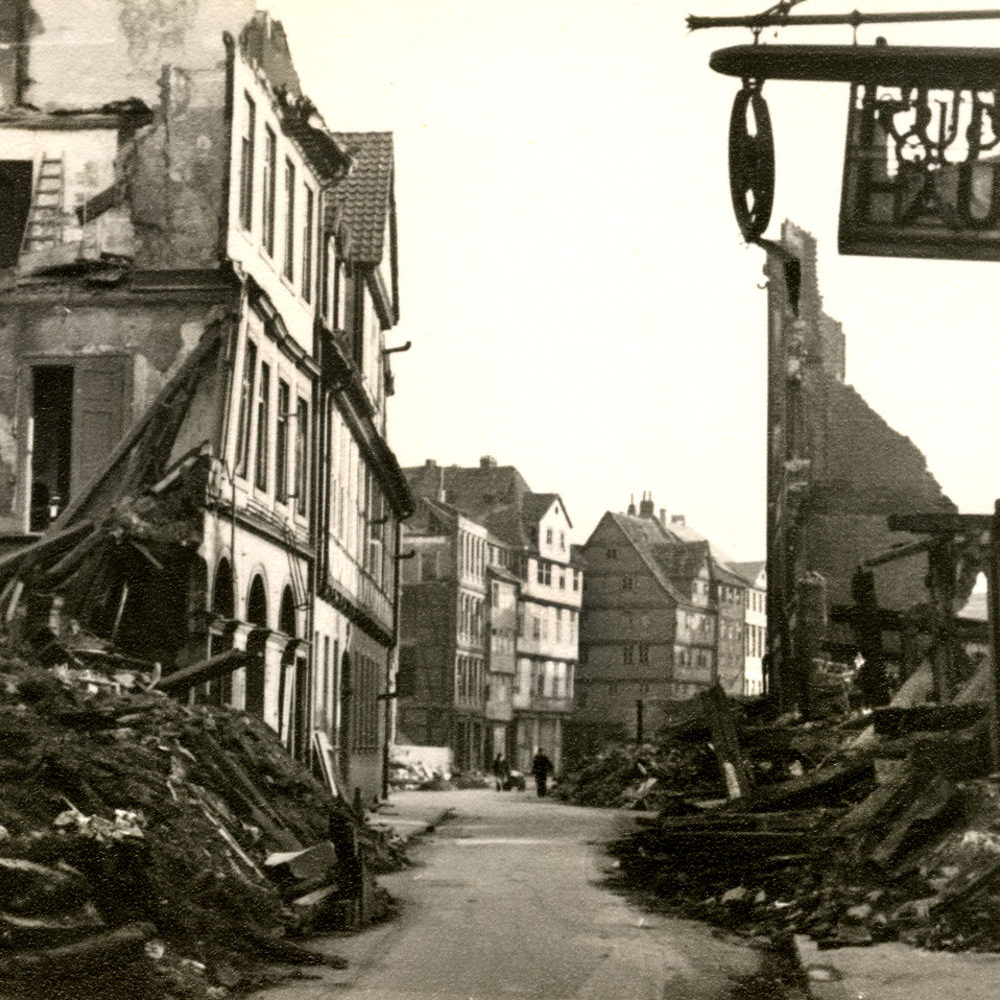
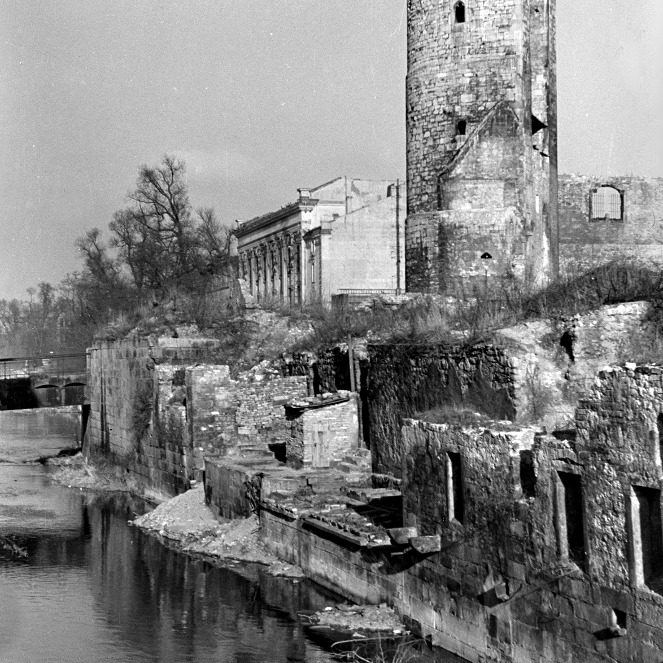
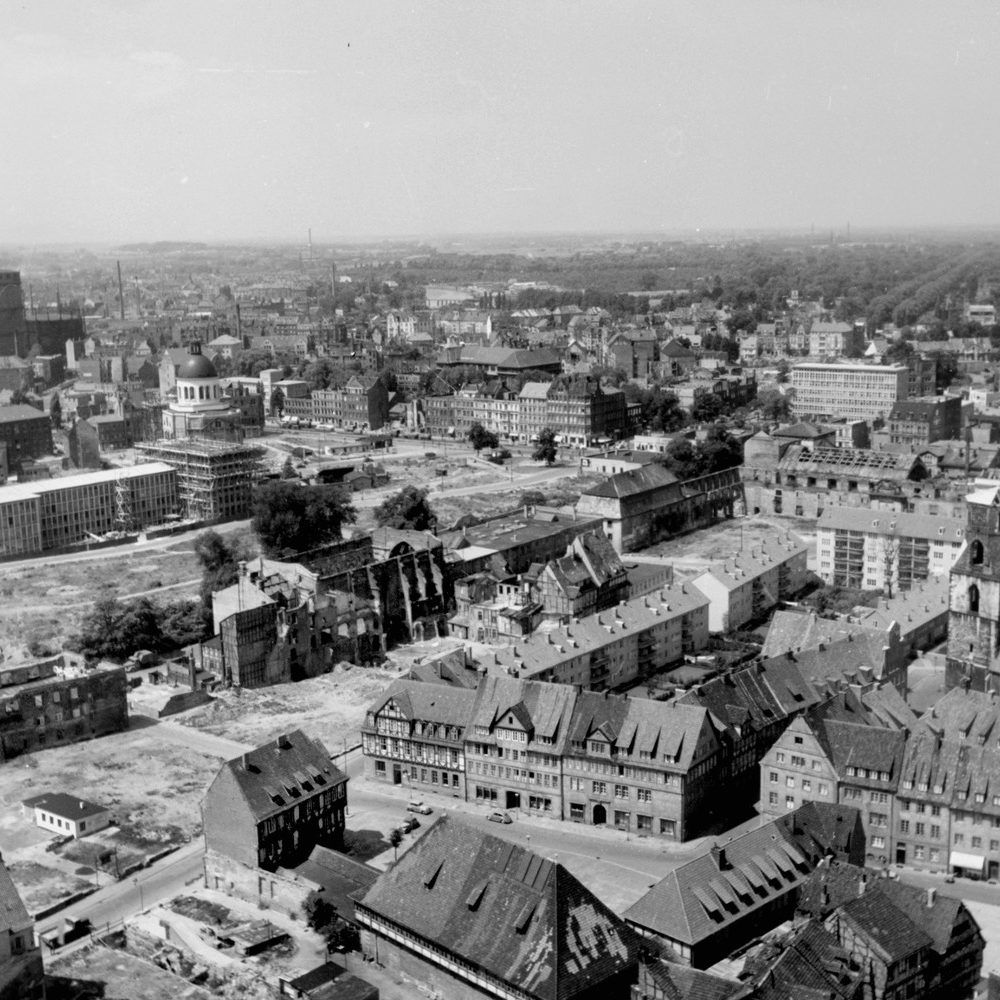
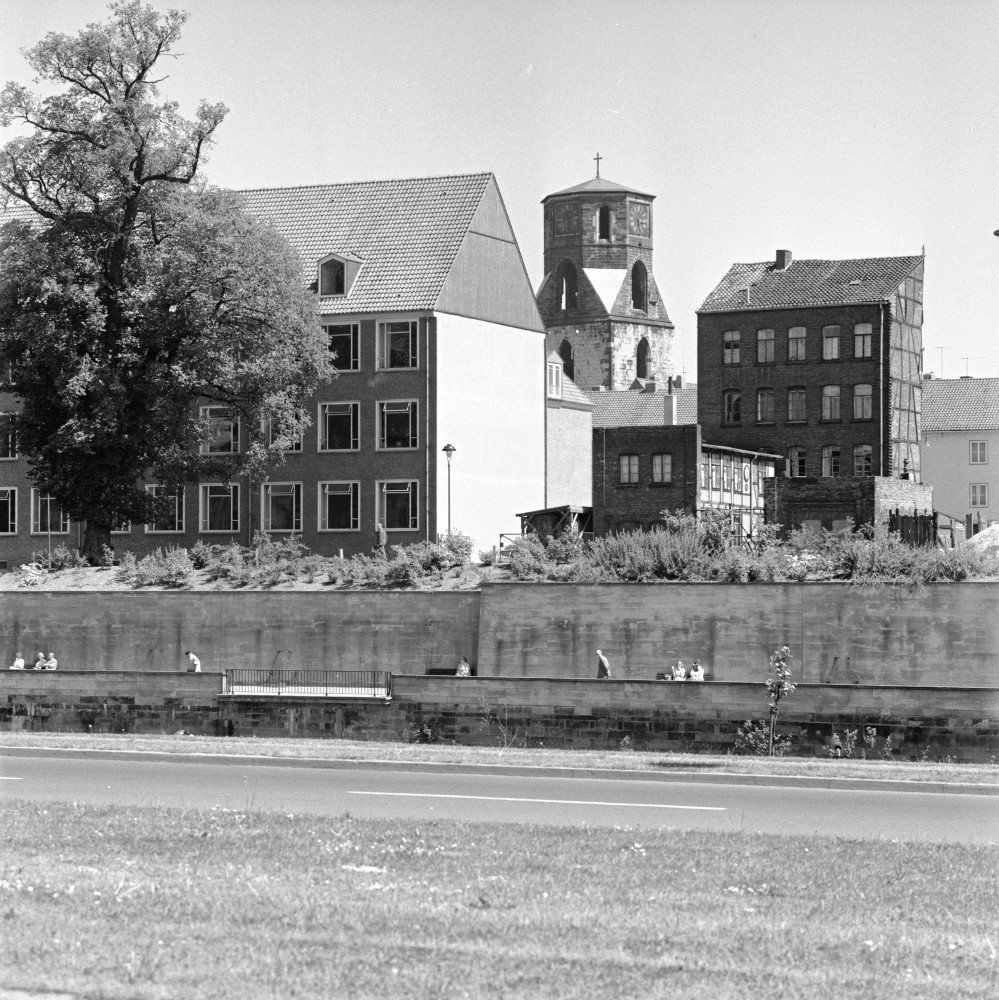
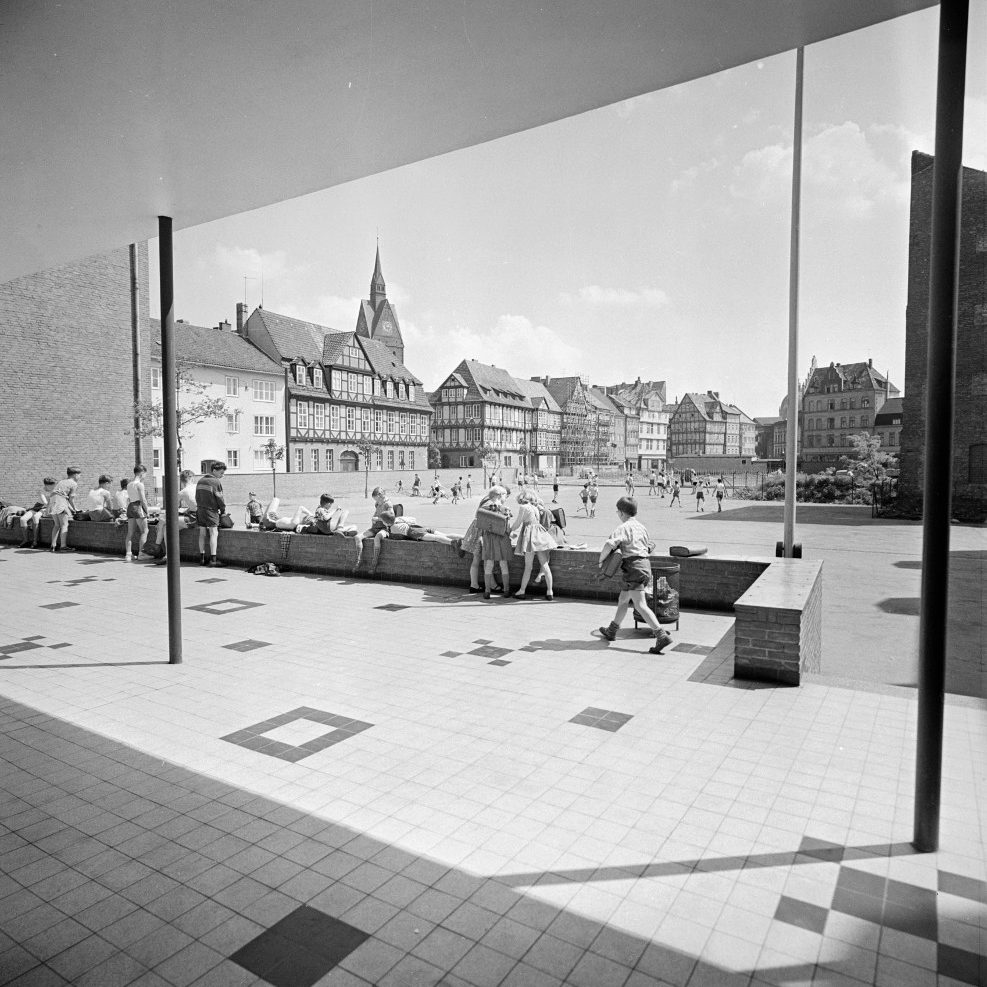
![Hanover: The Hohe Ufer [high bank] of the Leine as seen from Goethe bridge, 2020. Photo by Michael Pechel](https://zukunft-heisst-erinnern.de/wp-content/uploads/2020/10/Hohes-Ufer-1000x1000.jpg)